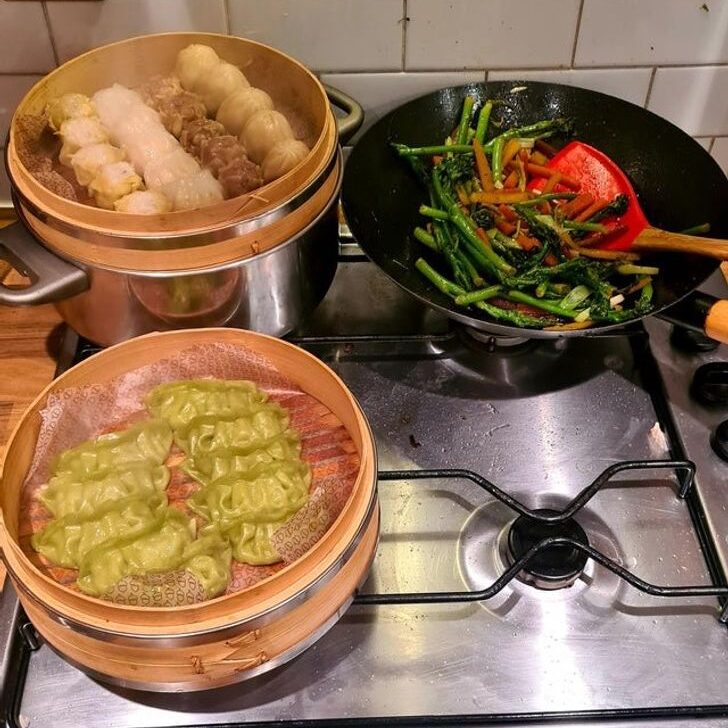It’s well known that cooking various dishes often requires specific utensils and appliances in addition to special recipes. For instance, Chinese dumplings are traditionally prepared in a bamboo steamer. In Denmark, they bake doughnuts using a unique metal mold. Therefore, sometimes a single glance at the utensils can reveal the country associated with certain cuisines.
Today, we are going to talk about utensils that can be found in kitchen cabinets all over the world.
A topper for eggs (Germany)

Soft-boiled eggs are a staple of a German breakfast. However, peeling them can be challenging, often resulting in eggshells scattered everywhere. To address this, ingenious Germans use a device designed to neatly remove the top of the eggshell. These toppers come in various shapes but serve the same purpose. They are an excellent alternative to using a spoon.
Moka pot (Italy)

In 1933, the Bialetti company introduced the first geyser coffee maker, known as the Moka pot, which soon became a symbol of Italian coffee culture. Since then, these pots have become a beloved kitchen gadget in many Italian homes.
Pelmeni maker (Russia)

The tradition of making pelmeni (dumplings) with the whole family remains strong in many Russian households. To expedite the process, many use a specialized device that helps create dumplings quickly and in a distinctive shape.
Chawan (countries of East Asia)

A chawan is a traditional bowl used for preparing and drinking tea. Chawans come in various shapes and materials, each with its own classification. The best aspect of a chawan is its comfortable fit in the hands and its ability to maintain the drink’s temperature for an extended period.
Bamboo steamer (China)

Many Chinese families use bamboo steamers daily alongside a frying pan. These steamers are environmentally friendly, prevent food from burning, and can double as serving dishes, reducing the number of dishes to wash. Isn’t that wonderful?
